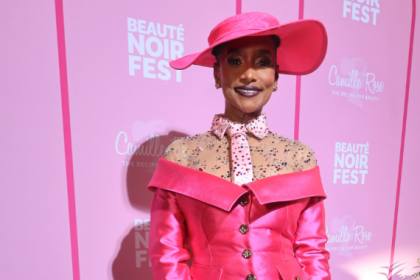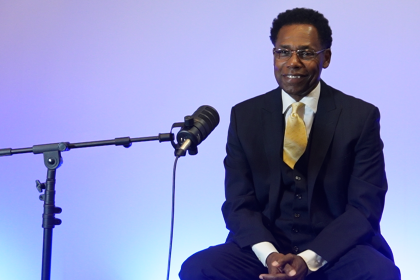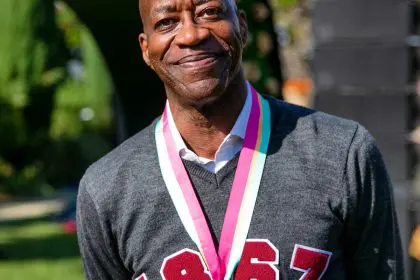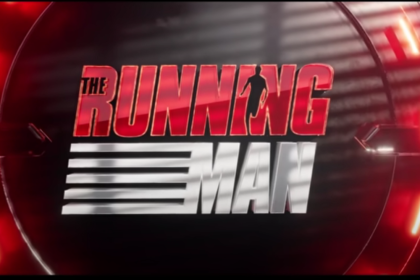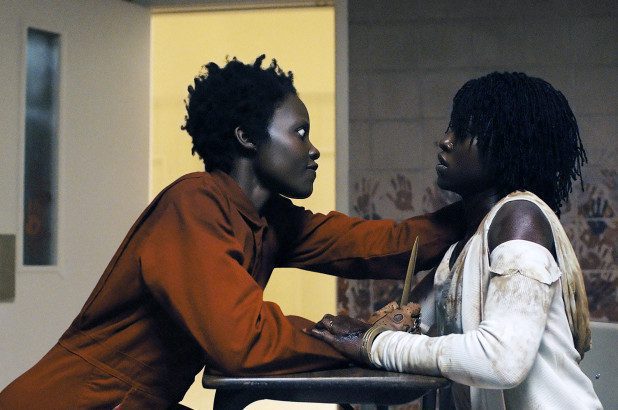
Spoiler Alert
Jordan Peele’s Us broke a box-office record for horror films by securing $70 million in the opening weekend.
However, Peele’s symbolism caused some moviegoers to leave with unanswered questions.
Here are 10 things you missed while watching Us.
Jeremiah 11:11
Adelaide Wilson, first portrayed as a girl by Madison Curry, notices a destitute man holding a sign with the words, Jeremiah 11:11. The Bible Scripture quotes the Lord as saying, “I will bring on them a disaster they cannot escape. Although they cry out to me, I will not listen to them.” In Us, the Scripture is used as a threat to the pending doom that Americans will endure.
Hands Across America
In Jordan Peele’s Us, a vintage TV set displays a commercial of the 1986 Hands Across America campaign. In Us, the connecting hands become one of the primary goals for the Tethered people who are looking to form a similar human chain. It’s their way of finally getting attention and proving that we all are connected.
America is its own worst enemy
At one point, Adelaide suggests to her husband, played by Winston Duke, that the family escape the terror by driving to Mexico. It’s a subtle nod to a president who insists that Americans can only be safe once it builds a wall that will keep Mexicans out. Us challenges that notion by highlighting that Americans are more likely to encounter violence inflicted by fellow citizens.
America’s workforce
Tethered people are mechanical clones who are so entrenched to mundane tasks, that they live their entire lives in a structured underground prison. It speaks to the larger reality of Americans who become attached to occupations that keep them silent, docile and robotic-like.
Neglect of the disenfranchised
Tethered people also represent the forgotten class. In America, there remains a tremendous gap between the haves and the have nots. Even in a wealthy nation, there are around 554,000 homeless people in America. Over 43 million Americans live in poverty.
Voice for the Voiceless
Adelaide’s alleged doppelgänger was the only Tethered person who could speak. In a sense, she became a voice for the disenfranchised. Nyong’o’s raspy voice was based on a real-life condition called spasmodic dysphonia. The condition can result from trauma.
Rabbits
Following the opening scene, hundreds of rabbits are shown locked in cages. Served as food for the Tethered, it also represented the scientific experiments of cloned rabbits.
Mirrors
The house of mirrors becomes the first place where Adelaide experiences trauma. It also serves as a reflection to oneself and fighting the enemy within.
VHS horror
VHS tapes of The Goonies and C.H.U.D are next to a TV in the opening scene. In C.H.U.D., homeless people who live underground become humanoids. In The Goonies, several teenage friends go underground to seek hidden treasures.
West Coast rap
The Luniz released the hit, “I Got 5 On It” in 1995. Peele turned the marijuana anthem into a creepy horror score. The lyrics hint at friends coming together for a purpose, to score weed. But in Us, it serves as a reference to Hands Across America.










